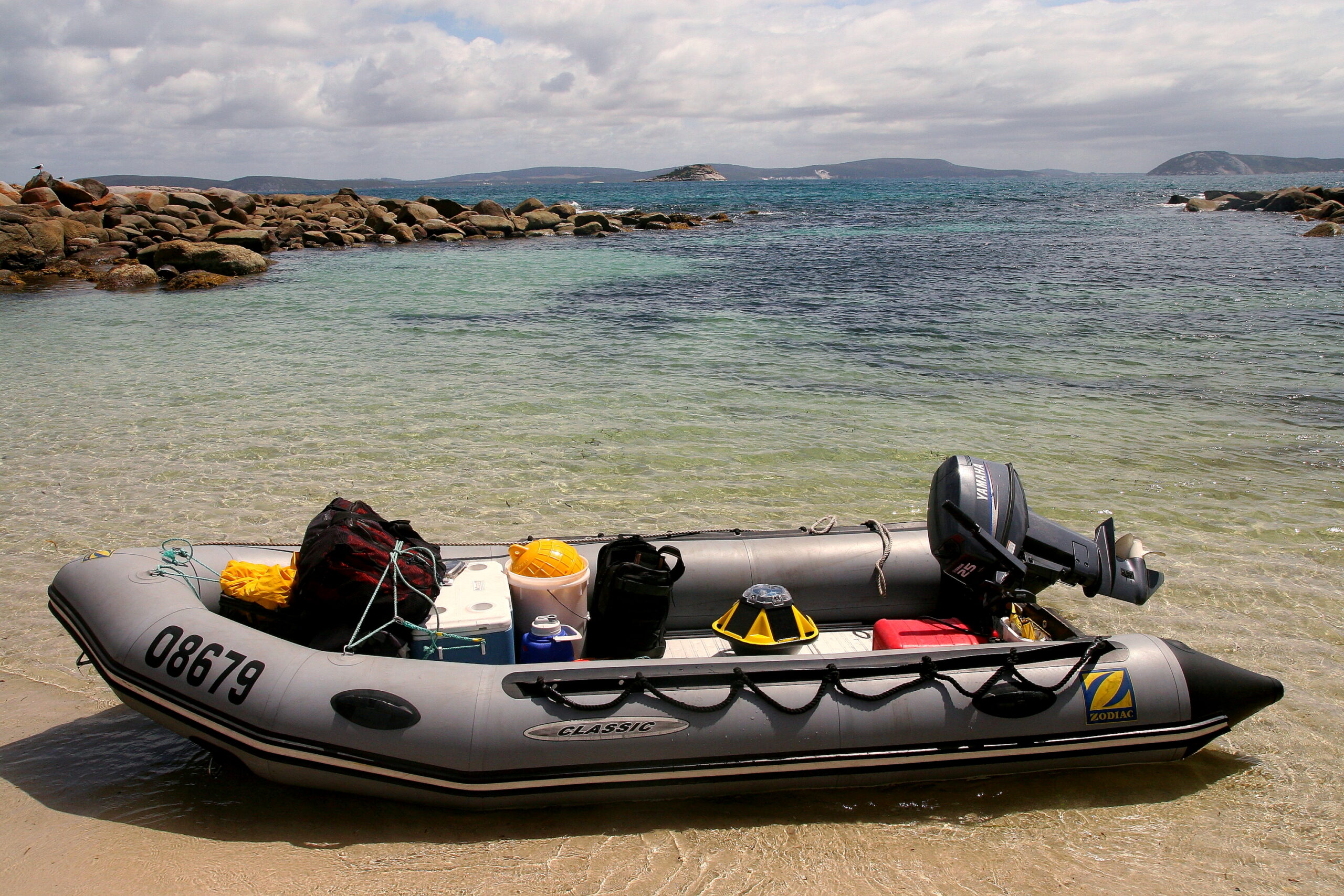IMOS is establishing a national network of wave buoys to help understand the processes and changes driven by waves in the coastal zone.
Australia has one of the longest coastlines in the world and this dynamic intersection between land and sea includes numerous critical ecosystems and infrastructure. Our coastal zone is also where many of us live, work and play. Over 87% of Australians live within 50 kilometres of the coast, with further growth predicted in coming decades.
Climate and human development are changing our coastal systems at an unprecedented rate and more data are needed for planning to avoid or mitigate changes and sustainably manage this precious resource.
IMOS tested wave buoys in the coastal zone through our New Technology Proving capability, and building on the success of that project we are establishing a national Coastal Wave Buoys Facility to provide data essential for understanding the processes and changes driven by waves around our coastlines.
The new IMOS Facility will be led by Professor Ryan Lowe and Dr Mike Cuttler at the University of Western Australia.
“Wave buoys provide ocean measurements critical to research, marine industries, government agencies and service providers,” says Professor Lowe.
“IMOS will be setting up moored wave buoy sites around the country with co-investment from partners. This will create a coordinated national network of wave and temperature observations to meet a wide range of end user and stakeholder needs.”
The data will be used in the development and improvement of models used to predict and forecast hazards which threaten coastal populations, and to understand the impacts of environmental disturbances (such as extreme storm events and marine heat waves) on coastal ecosystems.
This new Coastal Wave Buoys Facility represents one of the initial investments IMOS is contributing to establish the CoastRI program. CoastRI, a cross-NCRIS collaboration, is being developed to provide a national-scale coastal observing and modelling capability for Australia.

